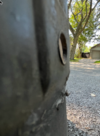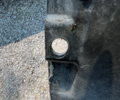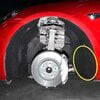Hi all.
From West coast to North East cold winters that requires sand/salt/tiny rocks at times, below are pictures taken this week behind the front wheel's arch liner.
The car is a M3 Dec 2018 ~18k miles bought in California, never driven yet in snow. Planning to complete anti-rust job soon but how can we fix those "friction areas"?!
I am quite aware of all the little things to check on the M3 to prevent rust as well as most places that people are aware but I don't recall and haven't found mentions of possible issues behind the arch liner.
What did I find, what will you see.
Once I started to pull out the liner, heard a small rock fall down... and once the liner removed, quickly noticed multiple places that shows friction due to dust/sand. One of them must have been caused by that small rock. Many areas already exposes the metal, others to come as friction is still ongoing. Using a magnet, I confirm it's not aluminum... it will eventually rust.
How would someone fix those?! I tend to think other cars must have the same issue but expensive cars must have a solution? Not like Tesla isn't expensive
. slight sanding
. primer
. primer
. primer
and then what?
Around the holes for the plastic rivet clips, add a nylon or stainless washer glue to the primer? What about the other areas?! In some areas, adding any protection could also cause more accumulation if there's less space for a small object to pass
There's also that hidden gems area with no escape so objects to get out... sand/rock get stuck in there, possibly damaging the primer?
For those who wonder what anti-rust product I plan to spray, in that gem area and other places : CRC Heavy Duty Corrosion Inhibitor - someone on youtube did extensive tests of multiple products. It does have a smell but eventually goes away.
From West coast to North East cold winters that requires sand/salt/tiny rocks at times, below are pictures taken this week behind the front wheel's arch liner.
The car is a M3 Dec 2018 ~18k miles bought in California, never driven yet in snow. Planning to complete anti-rust job soon but how can we fix those "friction areas"?!
I am quite aware of all the little things to check on the M3 to prevent rust as well as most places that people are aware but I don't recall and haven't found mentions of possible issues behind the arch liner.
What did I find, what will you see.
Once I started to pull out the liner, heard a small rock fall down... and once the liner removed, quickly noticed multiple places that shows friction due to dust/sand. One of them must have been caused by that small rock. Many areas already exposes the metal, others to come as friction is still ongoing. Using a magnet, I confirm it's not aluminum... it will eventually rust.
How would someone fix those?! I tend to think other cars must have the same issue but expensive cars must have a solution? Not like Tesla isn't expensive
. slight sanding
. primer
. primer
. primer
and then what?
Around the holes for the plastic rivet clips, add a nylon or stainless washer glue to the primer? What about the other areas?! In some areas, adding any protection could also cause more accumulation if there's less space for a small object to pass
There's also that hidden gems area with no escape so objects to get out... sand/rock get stuck in there, possibly damaging the primer?
For those who wonder what anti-rust product I plan to spray, in that gem area and other places : CRC Heavy Duty Corrosion Inhibitor - someone on youtube did extensive tests of multiple products. It does have a smell but eventually goes away.
Attachments
-
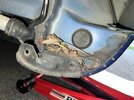 IMG_1763.jpeg387.7 KB · Views: 1,310
IMG_1763.jpeg387.7 KB · Views: 1,310 -
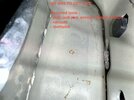 IMG_1813.jpeg419.5 KB · Views: 222
IMG_1813.jpeg419.5 KB · Views: 222 -
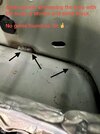 IMG_1811a.jpeg293.2 KB · Views: 206
IMG_1811a.jpeg293.2 KB · Views: 206 -
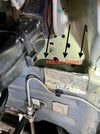 IMG_1810.jpeg450.4 KB · Views: 190
IMG_1810.jpeg450.4 KB · Views: 190 -
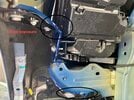 IMG_1804.jpeg480.2 KB · Views: 212
IMG_1804.jpeg480.2 KB · Views: 212 -
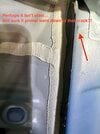 IMG_1803.jpeg442.2 KB · Views: 203
IMG_1803.jpeg442.2 KB · Views: 203 -
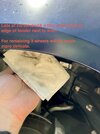 IMG_1802 2.jpeg365.3 KB · Views: 200
IMG_1802 2.jpeg365.3 KB · Views: 200 -
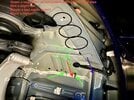 IMG_1788 2.jpeg482.3 KB · Views: 206
IMG_1788 2.jpeg482.3 KB · Views: 206 -
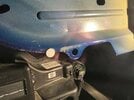 IMG_1783.jpeg452.2 KB · Views: 195
IMG_1783.jpeg452.2 KB · Views: 195 -
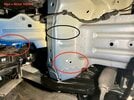 IMG_1782.jpeg583.1 KB · Views: 205
IMG_1782.jpeg583.1 KB · Views: 205



